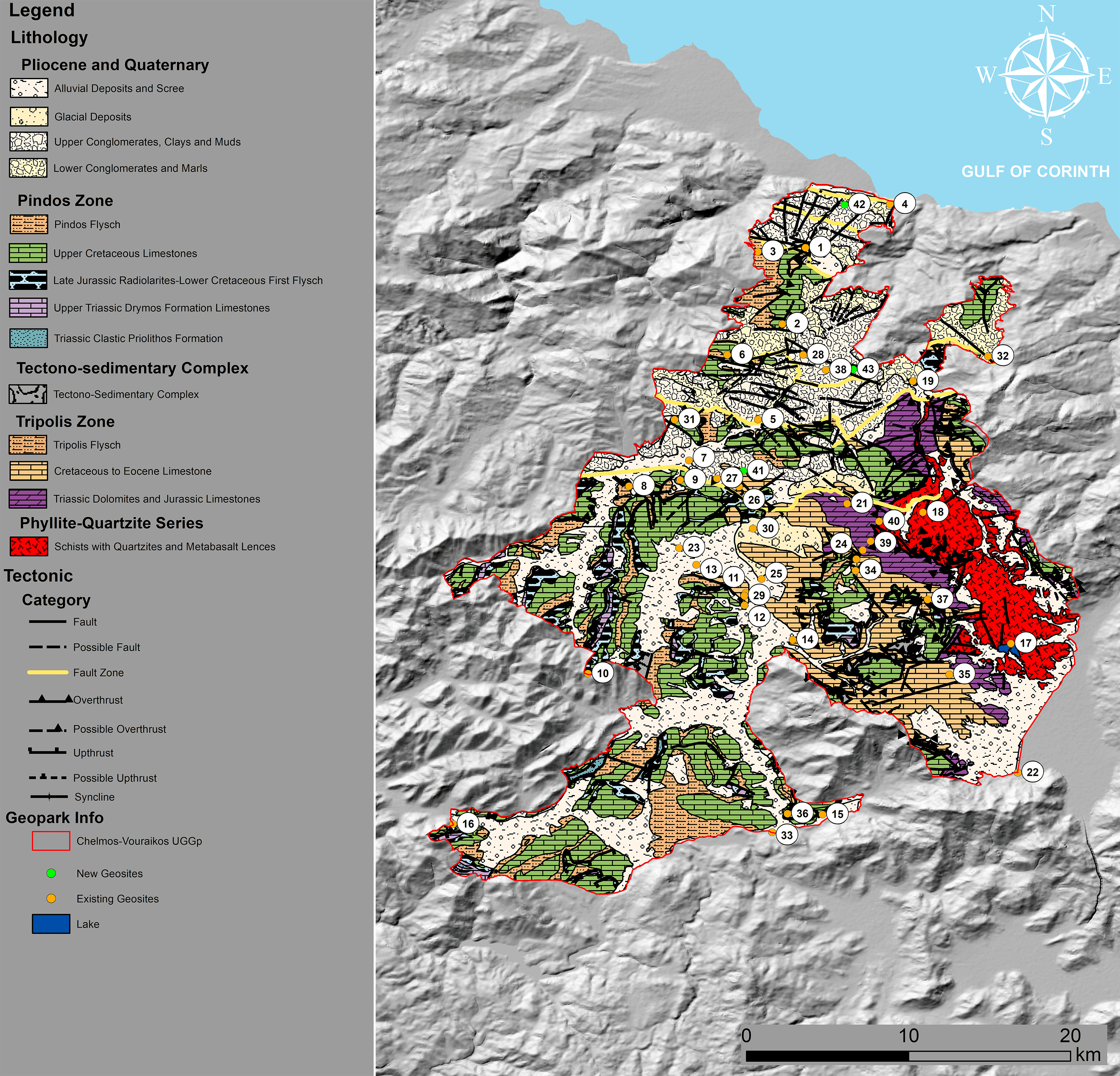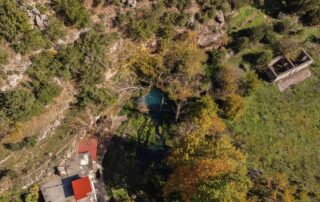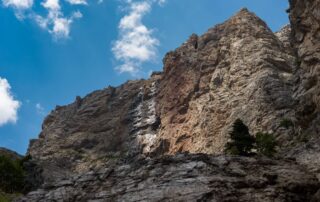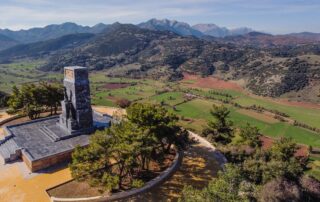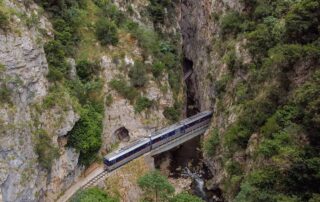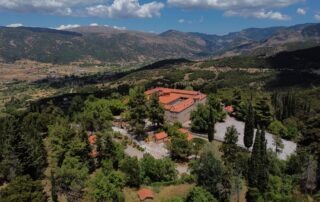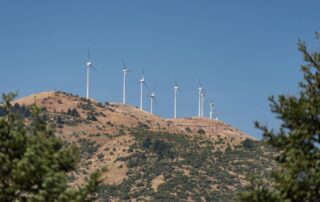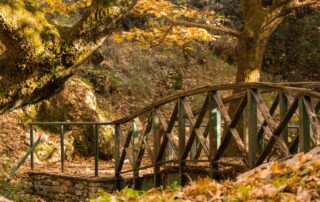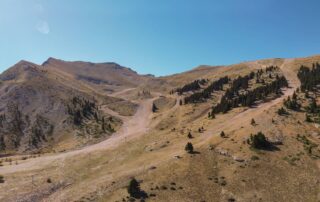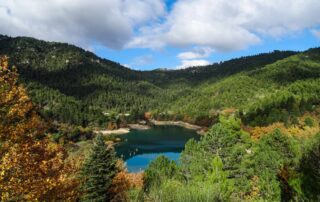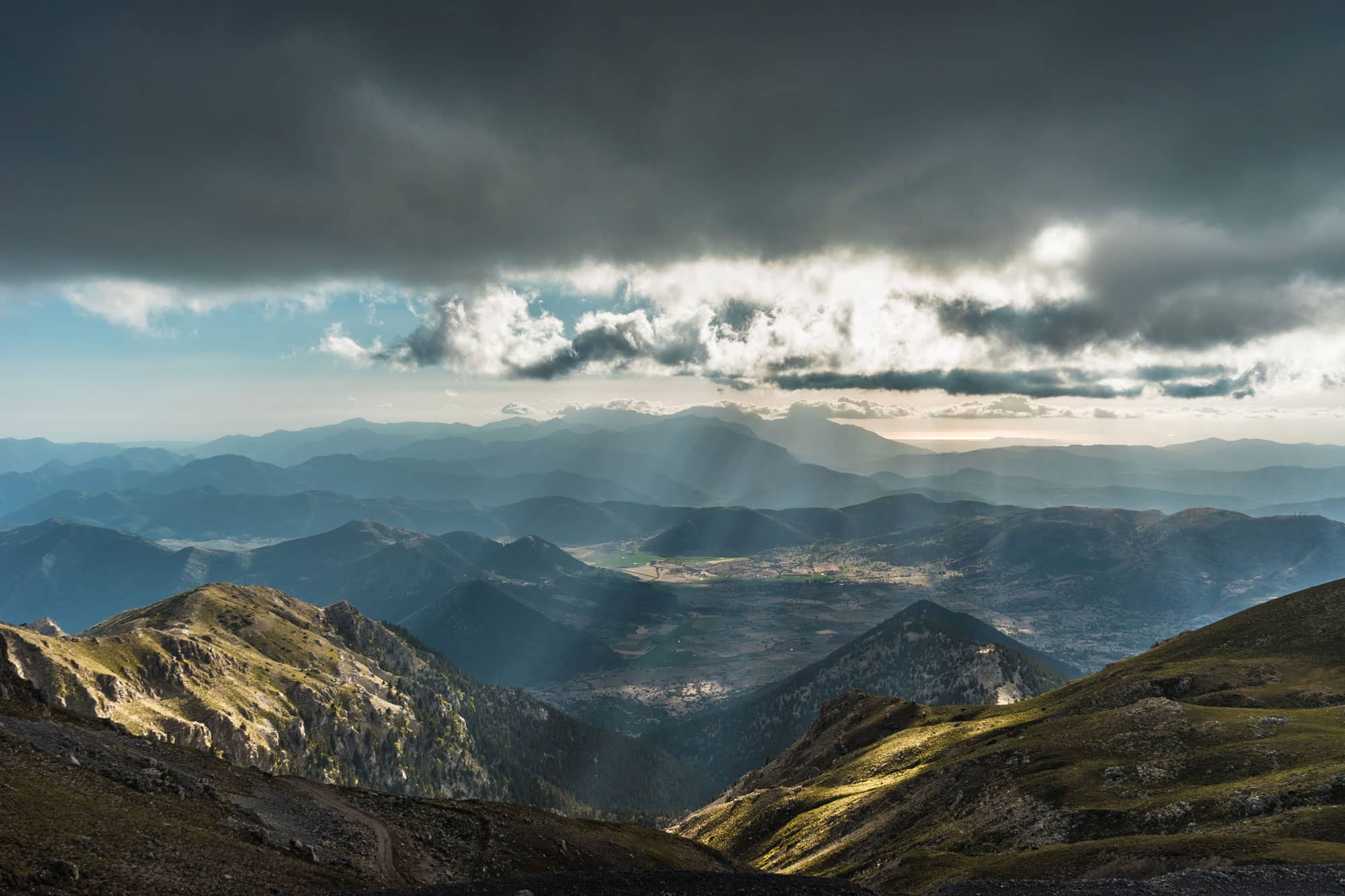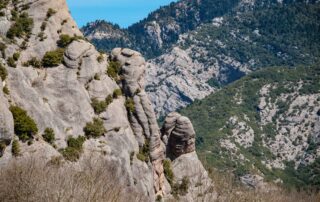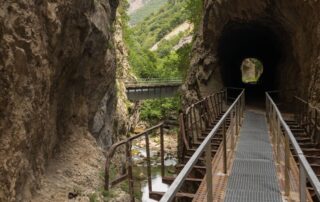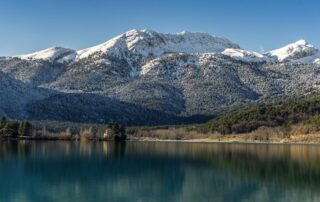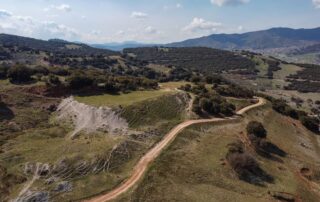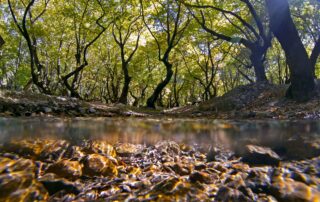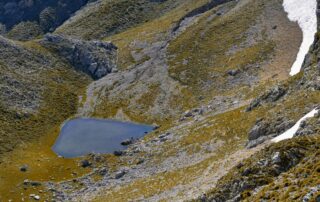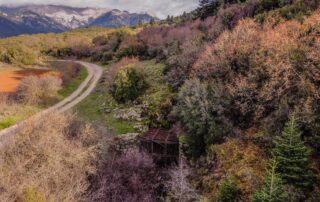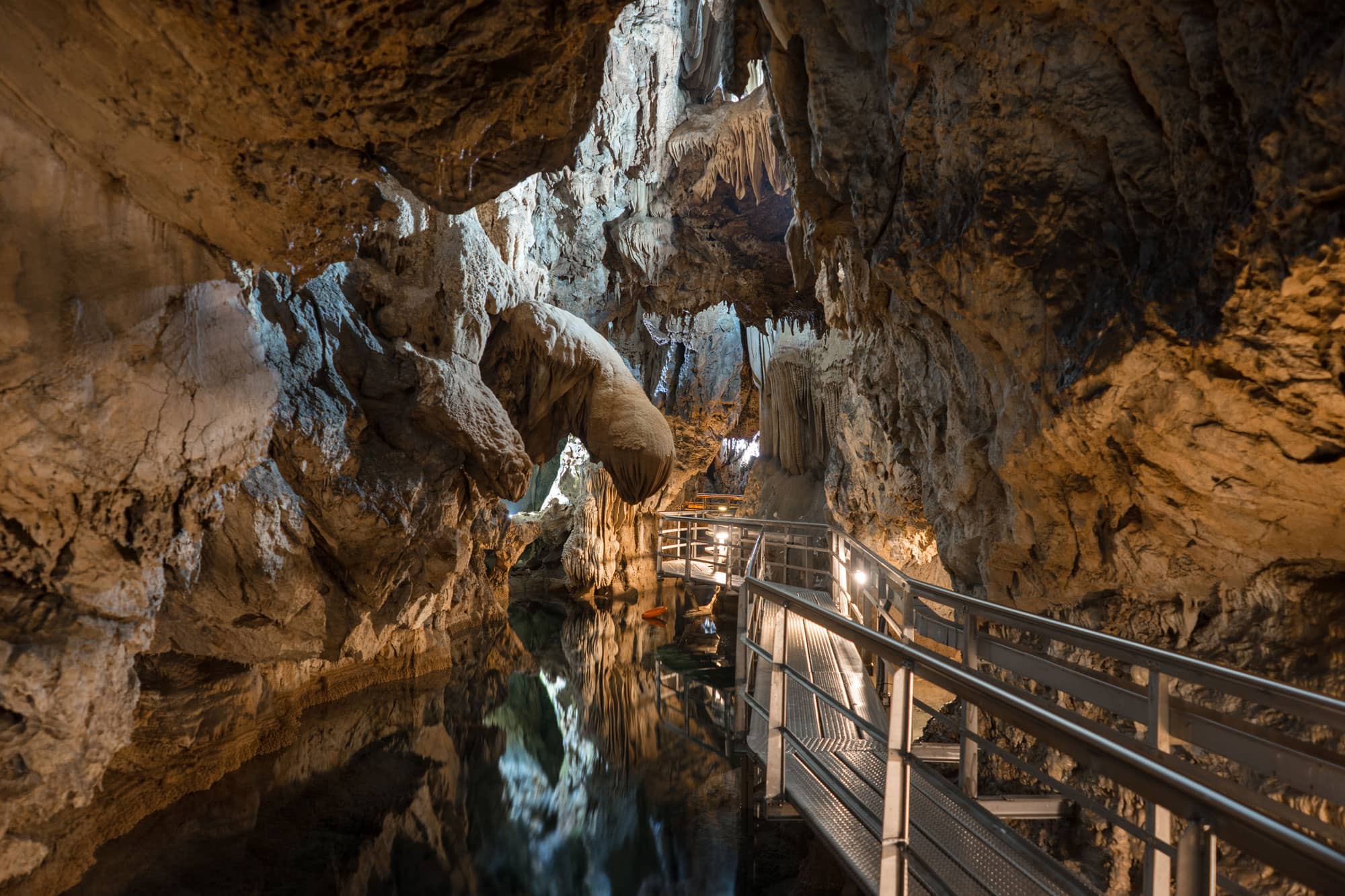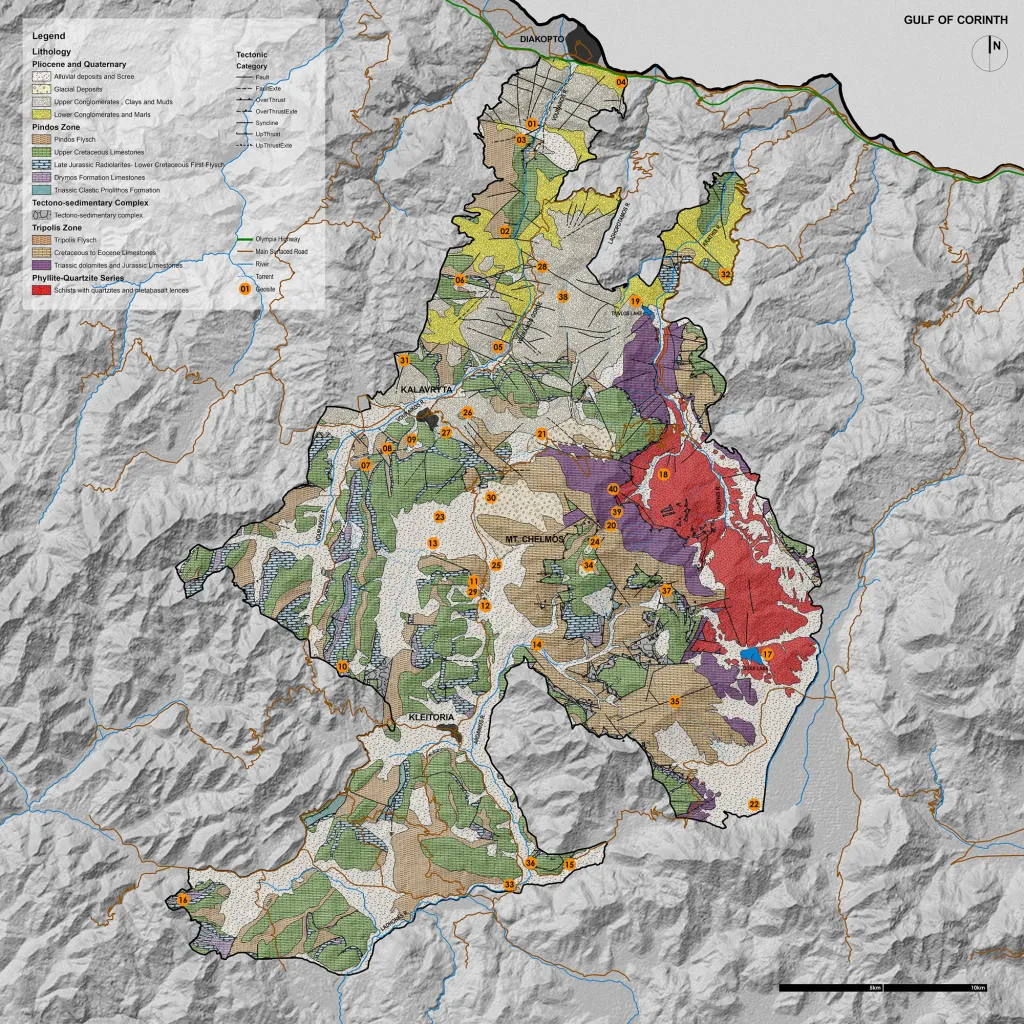The area of Chelmos Vouraikos Global Geopark

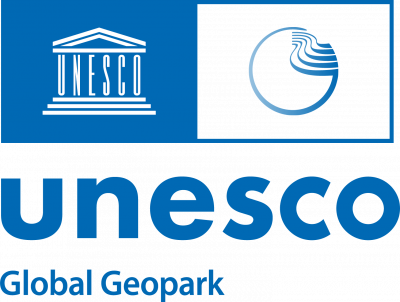
The Chelmos Vouraikos UNESCO Global Geopark lies in Northern Peloponnesus and occupies an area of 647 km2. It is a mountainous area with 6700 inhabitants that live in villages and small towns between high mountains and deep gorges. It is a member of the European Geoparks Network and the Global Geoparks Network since 2015 because of a combination of various geologic, natural and cultural elements that render its unique character. Until now, 43 geosites and 7 georoutes have been designated. The visitor can travel through the geopark ‘s area learning for its unique geology, its rich biodiversity, its great history and the local traditions.
Responsible for the Chelmos-Vouraikos Geopark is the Management Unit (MD) of the Chelmos-Vouraikos National Park & Northern Peloponnese Protected Areas of N.E.C.C.A. (Natural Environment and Climate Change Agency), which includes 18 Protected Areas of the “Natura 2000” Network.
The scientific supervision of the Geopark is carried out by the laboratory of Paleontology and Stratigraphy, University of Patras, headed by the professor of geology, Mr. Giorgos Iliopoulos.

